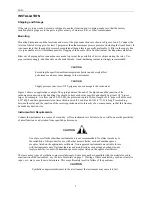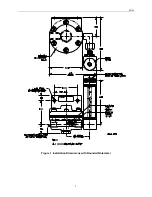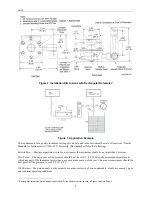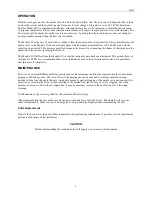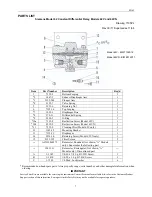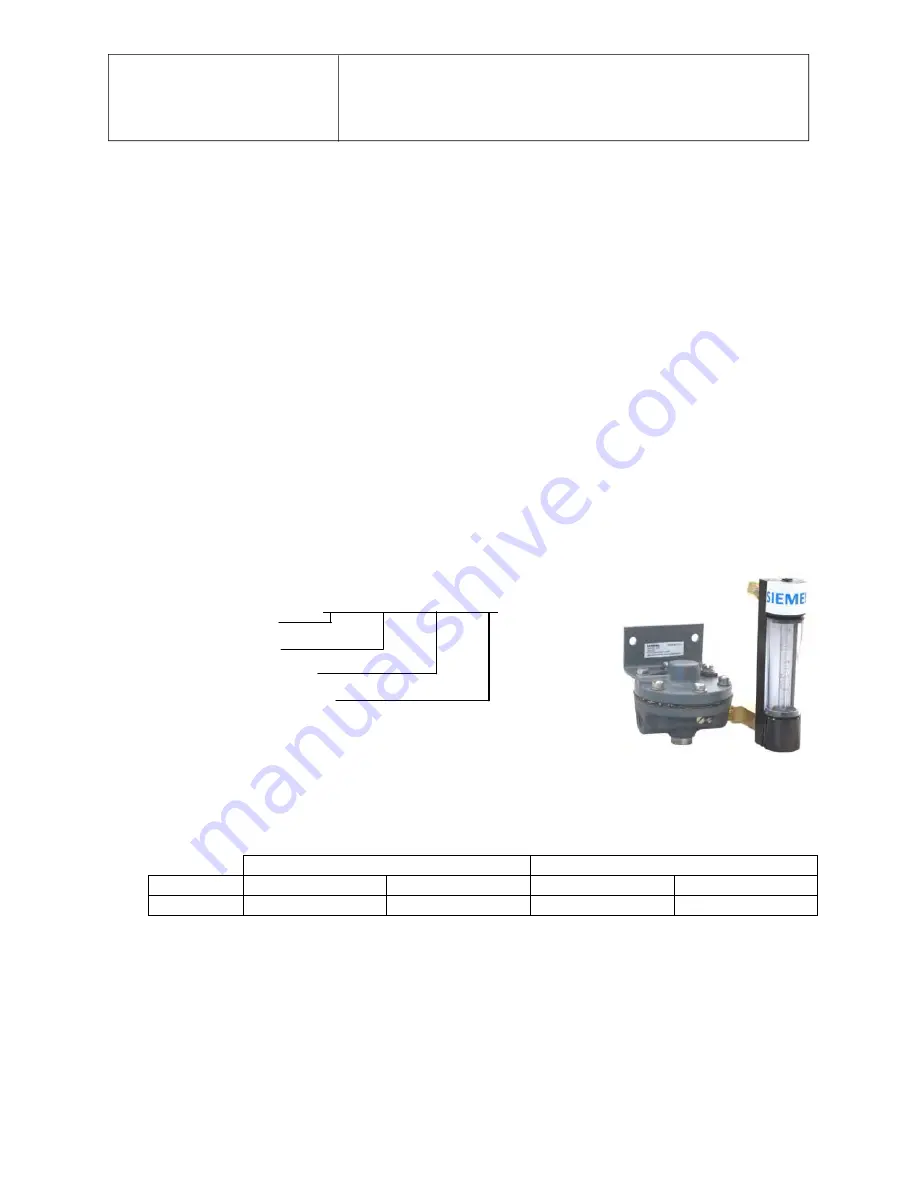
INSTALLATION AND SERVICE INSTRUCTION
Siemens Industry, Inc.
1
SD62
Rev 11
March 2011
Supersedes Rev 10
Model Series 62 Constant Differential Relay
INTRODUCTION
The Constant Differential Relay maintains a constant pressure drop across an internal needle valve for any flow
setting up to about 2.1 cubic feet of air per hour. It thus provides a means for maintaining a practically constant
volumetric rate of flow regardless of variations of the process or supply pressures. The differential maintained across
the needle valve is 1 to 2 psig. This permits a greater opening of the needle valve, thus making it less subject to
clogging. The constant differential relay may be used in conjunction with a rotameter type indicator.
The differential applied to the internal needle valve is determined by a spring-loaded diaphragm in the constant
differential relay. This diaphragm controls the action of a valve plunger to automatically admit supply air to the
needle valve at the required rate. A self-contained automatic bleed discharges excess supply air to the atmosphere
when necessary. The constant differential relay is made of aluminum, brass, stainless steel, Neoprene and Buna-N.
The rotameter is constructed of aluminum, stainless steel, borosilicate glass, Buna-N (O-rings), ruby sapphire (float)
and brass (fittings). Neither will be affected by ordinary air line impurities.
This instruction has five major sections: Introduction, Installation, Operation, Maintenance, and Parts List.
Model Designation
62
V
N
A
Constant Differential Relay
With Built-In Needle Valve
Needle Valve with Tight Shut-Off
Attached Rotameter Piped Assembly
Specifications
Supply Pressure
Minimum................................. At least 5 psig greater than the maximum downstream pressure.
Maximum ................................ 150
psig
Purge Rate:
Models 62V & 62VA
Models 62VN & 62VNA
Maximum
2.1 SCFH
991 SCCM
1.8 SCFH
850 SCCM
Minimum
0.9 SCFH
425 SCCM
0.06 SCFH
28 SCCM
Ambient Temperature Limits ................ -40° to +180°F (-40° to +82°C)


